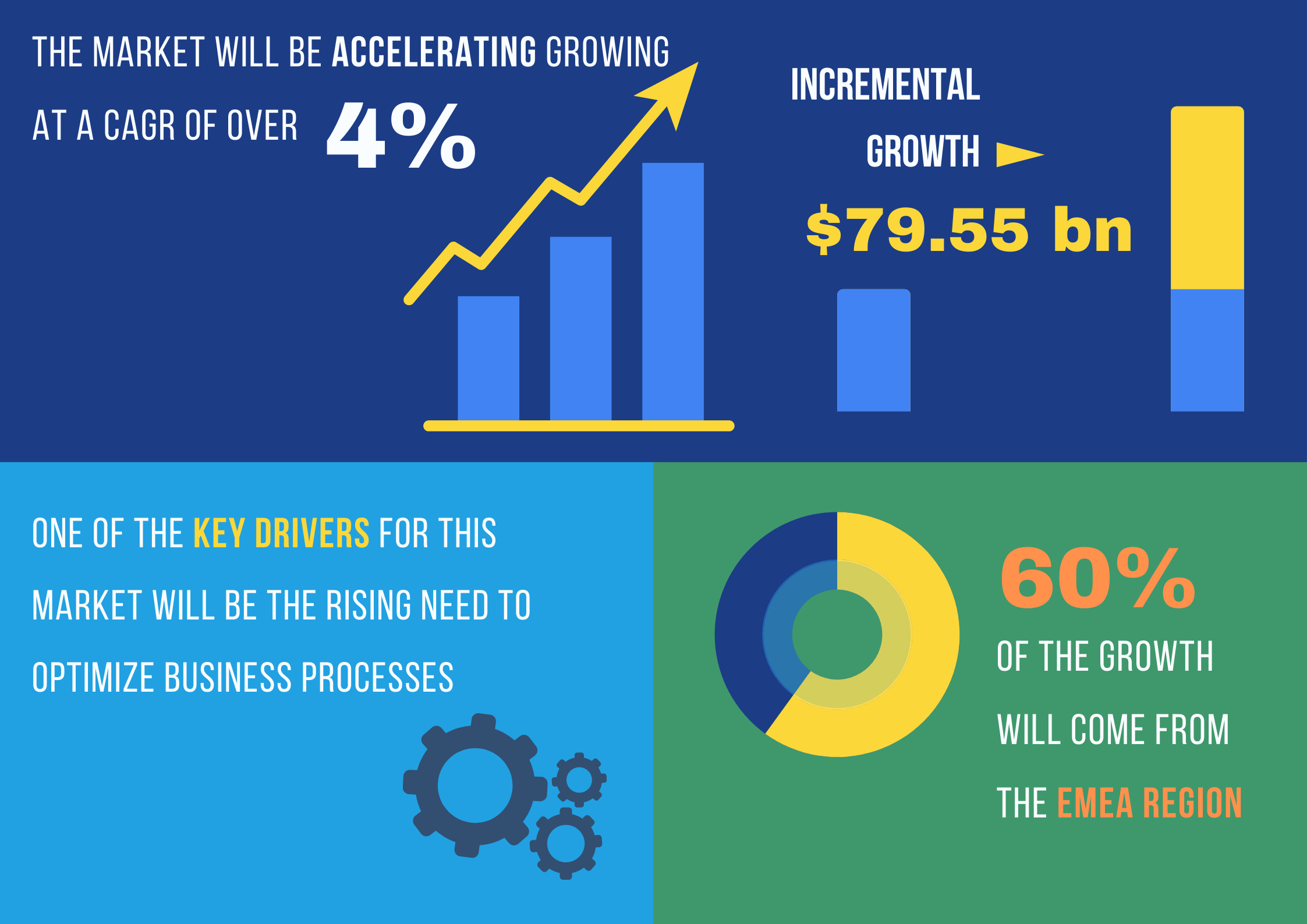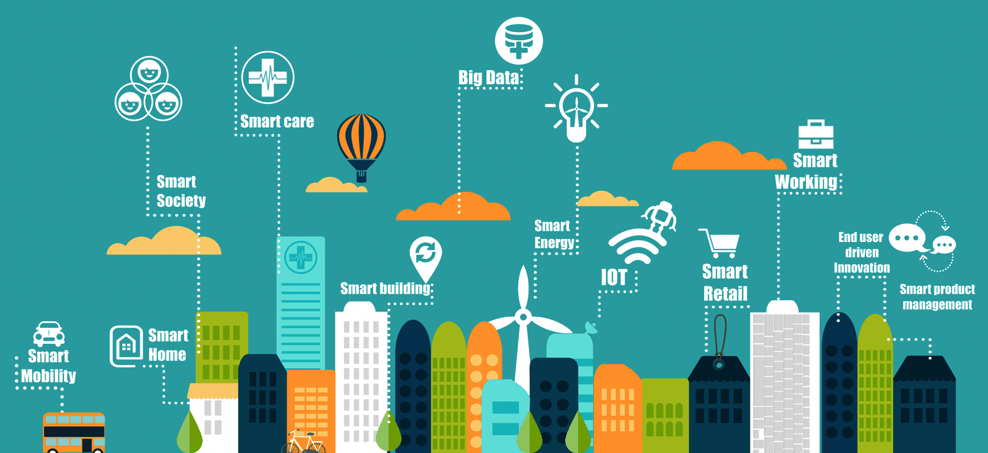
In this blog, you’ll learn the top software development trends shaping 2026, including AI adoption, low-code/no-code, cloud computing, enhanced cybersecurity, IoT expansion, microservices, PWAs, and how outsourcing and DevSecOps are helping businesses innovate and stay competitive.
- Emerging technologies like AI, low-code/no-code, cloud, and IoT are transforming how software is built and delivered.
- Security, microservices, and progressive web apps (PWAs) are becoming critical for performance, scalability, and user experience.
- DevSecOps and outsourcing help teams accelerate development and address talent shortages while maintaining quality and compliance.
We’re all well aware of the cliched statement: “every firm is a software firm.” But scaling and providing excellent software— if you’re looking for quality— is not easy to find. Software improvement complexness protects thriving, with tech piles continuously shifting and newer trends emerging. Also, there aren’t sufficient software developers available in the market.
According to Statista Revenue in the Software market is projected to reach US$698.80bn in 2024. Following graph shows year by year revenue of software market from 2016 to 2027.

This new fact mandates that software engineering governors must survey their 2022 hypotheses and make proposals to renovate their committees, methods, and devices to handle the four emerging towers of their software engineering:
- Developer experience: conducting to decrease technological complexness so that committees can innovate quickly.
- Development workflow automation: eliminating resistance and handovers among all strategies and devices from the several phases of the improvement lifecycle are combined holistically.
- Security and compliance: creators change removed everything that can be interviewed during improvement, and right everything nicely interviewed overdue, preparing it simpler for creators to compose fixed code.
- Deployment and operations: concentrating on user adoption to improve assistance, trustworthiness, and accomplishment.
Established on these tombs, we dissect seven software development trends in 2022 that software engineering authorities should evaluate renovating their dev committees, exercises, and devices and accomplish their company goals:
- DevSecOps
- API-led Integrations
- Low-code for Pros
- Cloud-Native Platforms
- DesignOps
- Universal Observability
- PWA-first approach
Table of Contents
Top Software Development Trends in 2026
1. Adoption of AI
IBM states that nearly 35% of businesses have already adopted some form of AI. AI coding assistants like GitHub and Copilot are altering the way a developer works. Besides helping developers in debugging code, AI tools are helping industries in streamlining their processes.
For example: AI software can personalize patient diagnostics and detect medication errors that a human eye might skip.
2. Adoption of Low Code and No Code
One of the latest trends in software development is low code and no code. What this means: People in the non-tech department can create software by simply dragging and dropping elements.
For example: Platforms like Bubble and Aldo are popular tools that businesses use for low code and no code. These software development trends aren’t going to replace developers but empower businesses to build their own software with an alternative solution.
3. Increase in Cloud Computing
Ever since the pandemic hit, most businesses expanded remote work and adopted a hybrid work model. Due to this, the cloud became the perfect tool to make that shift. These software development trends also showed how useful cloud can be for businesses who want to go downscale, especially those investing in custom enterprise software development.
This demand has also skyrocketed the need of developers who have expertise in PaaS, SaaS, and IaaS models. Even Accenture’s $3 billion cloud first initiative showcases that cloud isn’t just a specialty, but a core competency.
4. Cybersecurity
As software evolves, so do cyberattacks. Ransomware has become the sophisticated double extortion attack. Businesses are investing in security automation, as IBM states “double extortion attacks accounted for 59% of the ransomware attacks”.
Cybersecurity will remain one of the leading software development trends in the years to come, as businesses continue to invest in cyber insurance.
5. Rust Gains Momentum
One of the latest trends in software development is a programming language called Rust. It’s become one of the most loved programming languages since 2010. It provides the performance and control of C++ while ensuring memory safety.
Adopted by tech giants like Amazon, Microsoft, and Meta – Rust has become of the biggest software development trends in 2025. From a niche programming language, it’s become a popular choice for systems programming.
6. Expansion of IoT
The expansion of wearables and sensors has expanded since 2018, allowing patients to monitor their health (Source: Forrester). In industrial settings, IoT devices provide transparency in supply chain visibility.
Several companies are making good use of these offshore software development trends through RFID tags. These tags are being used for hygiene and social distance purposes.
7. Progressive Web Apps (PWA) for Enhanced User Experience
PWAs are making their way to providing a native app like experience without having to download apps. Businesses are taking advantage of these trends in software development to send push notifications and work offline.
These apps run on HTML, JavaScript, and CSS and behave exactly like a website. Unlike traditional apps, customers wouldn’t have to download an app on their devices. They save it on their home screen.
8. Simplifying Scaling with Microservices
Companies are breaking down their large, single applications into many smaller, separate services called microservices. Each small service handles one specific job and can work independently. Docker and Kubernetes have become the preferred tools for handling these systems.
This software development trend has helped smaller teams to work on their domain, and each service can be launched separately. While this approach makes things flexible, it also makes the system more complex to manage since you have several parts instead of 1 big application.
9. Blockchain: Going Beyond Cryptocurrency
Deloitte states that 73% of executives feel that blockchain can give them a competitive advantage. And there’s a good reason for this. Data present in their current systems can be replicated and decentralized, ensuring tight security.
The healthcare industry has taken advantage of these offshore software development trends to log in contract details and track transactions. Additionally, smart contracts and decentralized apps can automate complex agreements.
10. DevSecOps: Integrating Security from the Start
Integrating the combination of development, security, and operations ensures your entire software development stays secure. As one of the latest trends in software development, it’s ensuring that every new code and feature goes through a security checkup; without delaying the development process.
Instead of conducting a security test at the end of the development cycle, developers can fix issues in code, in real time.
11. Addressing Talent Shortages Through Outsourcing
As technology evolves, implementing them is tough due to talent shortages. In the last software development trend, companies are turning to non-traditional hiring methods. They’re open to hiring employees who are self-taught or trained through online courses.
Outsourcing has become another way for businesses to fill in this skill gap without stressing the hiring process.
Don’t Just Follow Trends—Lead Them. Build Your 2026 Tech Roadmap.
We are here to help
Wrapping Up
This sums up the top 11 software development trends 2025 you should look out for. All these trends play a crucial role in the software industry, not one thread exists in vacuum. With the rise of AI tools, cybersecurity threats become more complex – Which makes DevSecOps essential.
Businesses that take advantage of these trends can adapt better than those who do not. As challenges like cybersecurity continue, are we truly ready to tackle them all?
Frequently Asked Questions
Q1. Which software tool is currently trending?
Specific tools are gaining popularity such as:
- Visual Studio Code
- IntelliJ IDEA
- Git
- GitHub
- Docker
- AWS
- Cloud9
- Azure
Q2. How can I stay updated with the latest trends in software development?
Here are 6 ways on how you can stay updated:
- Subscribe to Newsletters
- Follow Developer Blogs
- Participate in Online Communities
- Attend Conferences and Meetups
- Enroll in Courses and Workshops
- Read Technical Books
Q3. What are the latest trends in software development?
Top 11 trends that are making waves are:
- AI & Machine Learning
- Outsourcing
- PWA
- IoT Devices
- DevSecOps
- Cloud Computing
- Cybersecurity
- Rust Programming Language
- Blockchain Technology
- Microservices
Q4. Which coding language is most in demand?
Currently there are 3 languages in most demand:
- Python
- JavaScript
- Java
Q5. What’s the next big software?
Blockchain Oriented Software (BOS) is making a trend in the software development industry. These systems are incredibly secure, and the data can be replicated to ensure data security.







